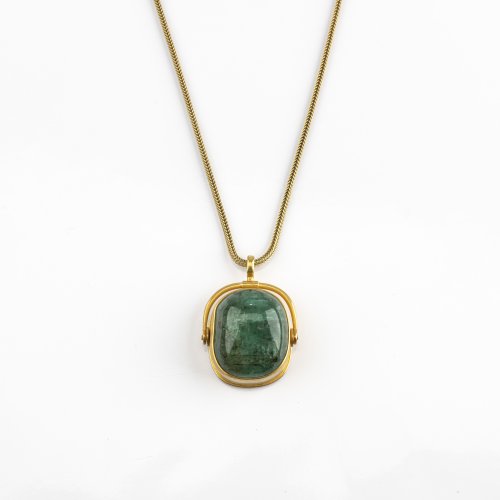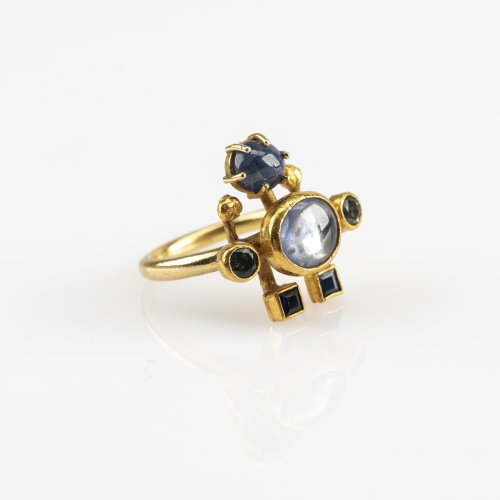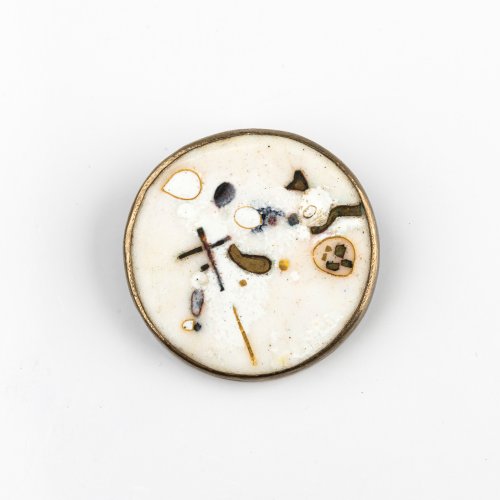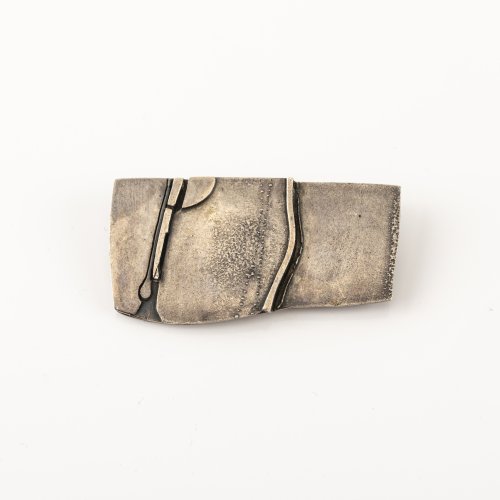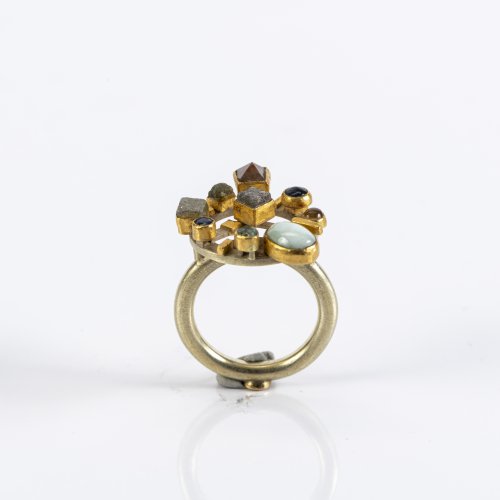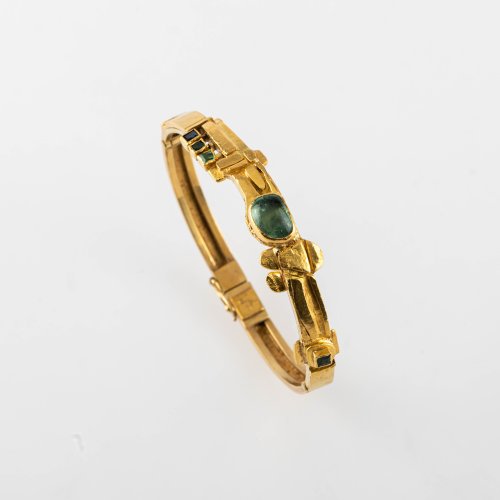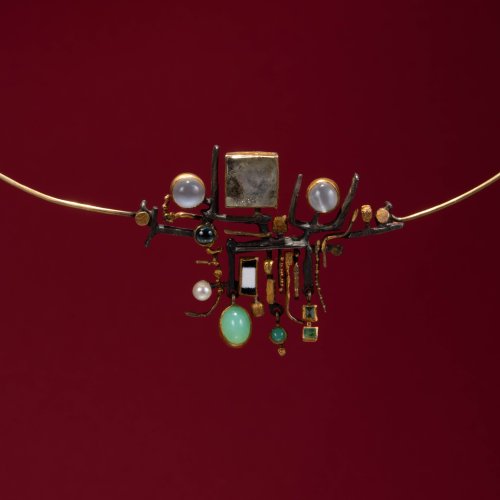Biography
His work is emblematic of the 'unity of thinking and doing'. Hermann Jünger's innovative jewelry work, which spans more than 50 years, was not only groundbreaking for the vibrant jewelry center of Munich. His work and his teaching activities reached far beyond the borders of Germany and significantly influenced international jewelry artists.
Jünger's compositions are the 'wildflower meadow' next to the 'English lawn', as the jewelry artist and sculptor Walter Mersmann once summed up. His intuitive handling of precious metals, which accentuated visible solder joints and irregularities, as well as the combination of enamel and a wide variety of gemstones, regardless of material value and cut, broke with the conventions of the traditional goldsmiths' guild. Secure in his technical competence as a goldsmith, Jünger took every liberty to give his artistic abilities the necessary space. As a result, his jewelry and utensils took on a beauty and energy that continues to hold an irresistible fascination for many a viewer to this day.
Born in Hanau, he began his training at the local state drawing academy shortly after the war in 1947, which he completed two years later with the journeyman's examination as a silversmith. The war years had also left significant traces in the 'city of fine jewelry'. Lack of materials and tools limited his studies there, so that the focus was mainly on drawing. Drawing remained a constant throughout Jünger's work as a medium of communication, design, and as a mnemonic device.
Searching the perfect profession, Jünger spent the first years after his studies in various workshops and factories, working - among other things - as a designer for Koch & Bergfeld in Bremen and for WMF in Geisslingen under Wilhelm Wagenfeld. He hoped to find his vocation in the combination of art, craft and industrial production. However, it was the larger production facilities that disillusioned him with their lack of creative freedom and tedious approval processes. Many of his applications to smaller workshops, for example to Andreas Moritz in Hinterzarten (later a professor at the Nuremberg Academy), were unsuccessful due to the poor economic situation.
Read more ...Read less ...

